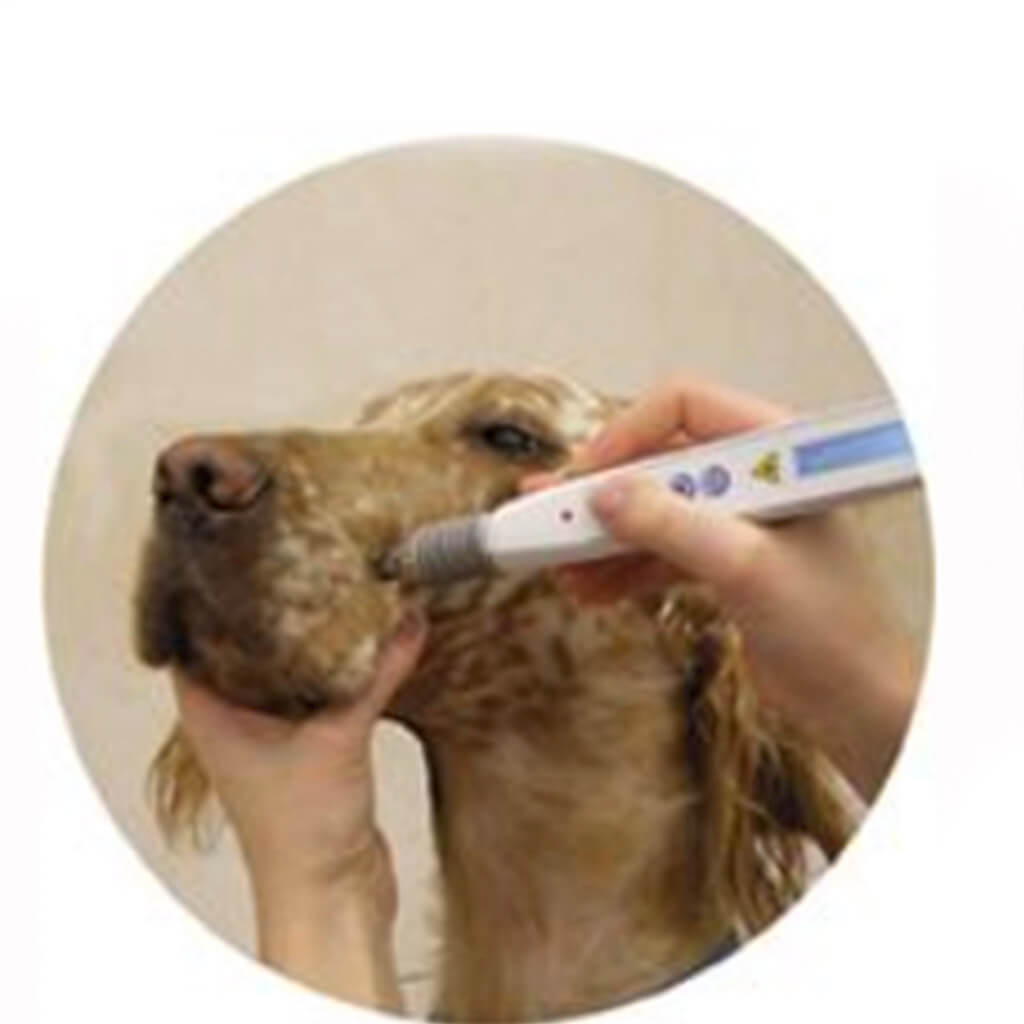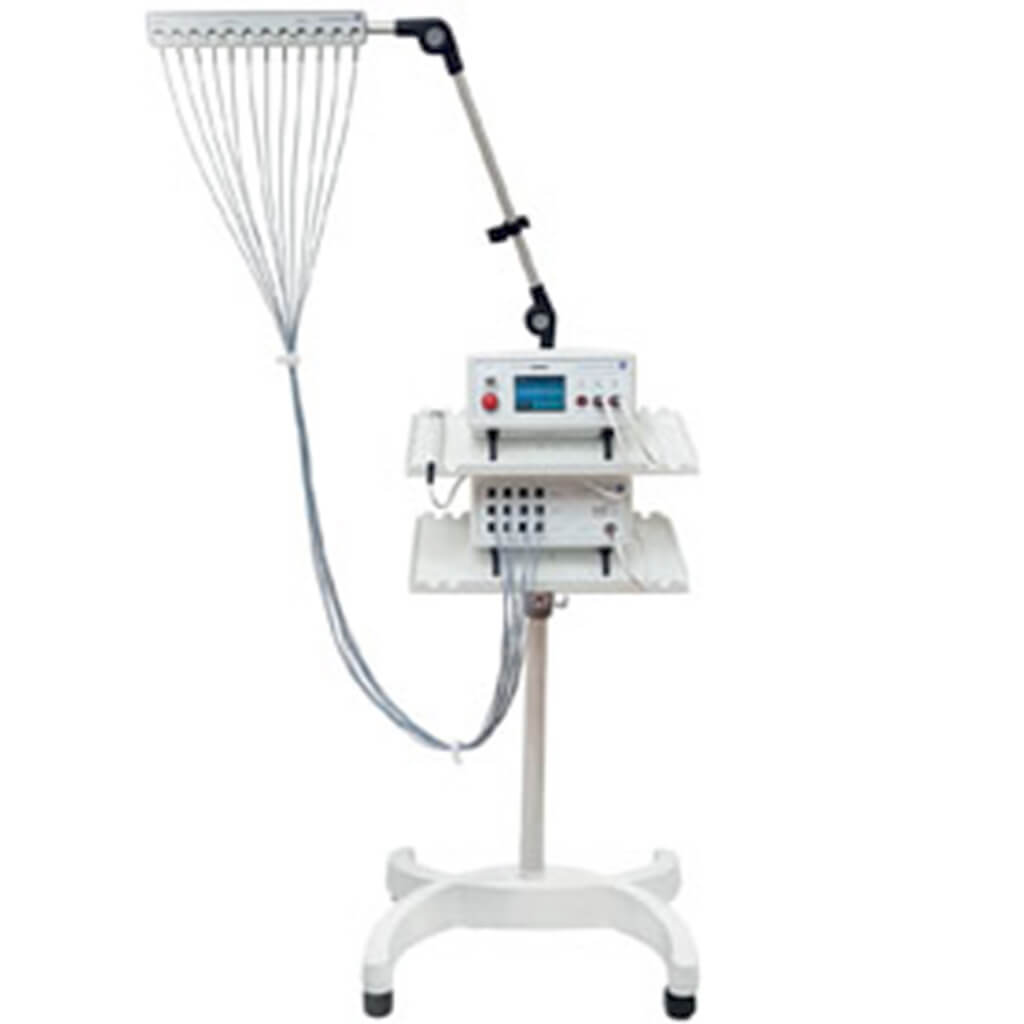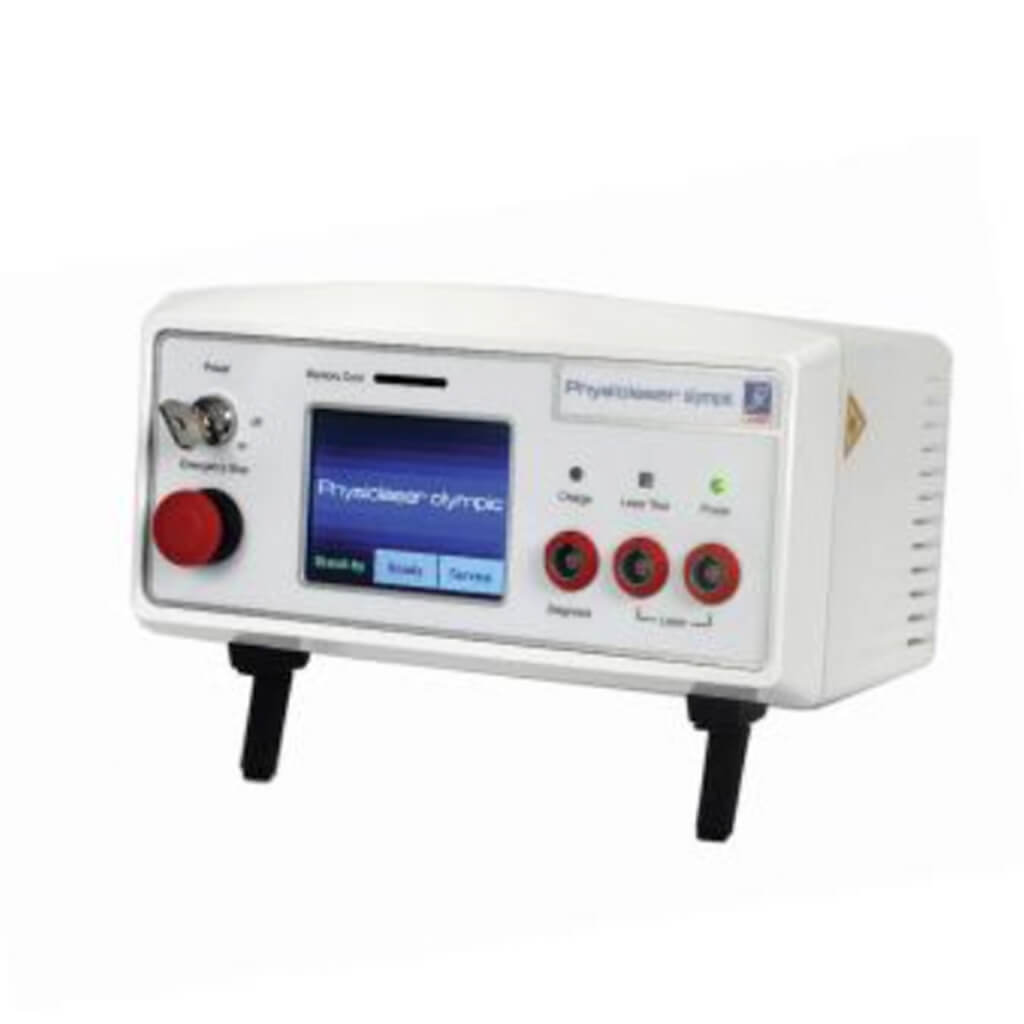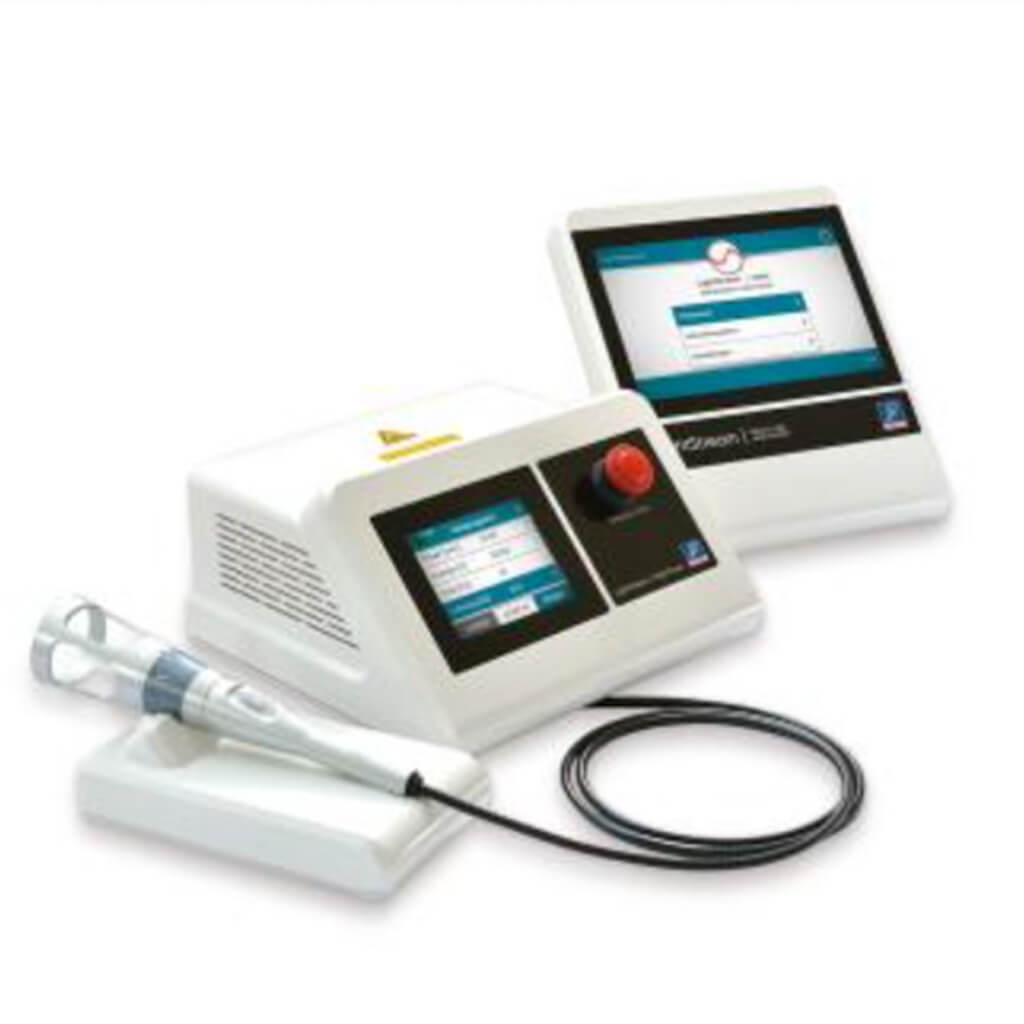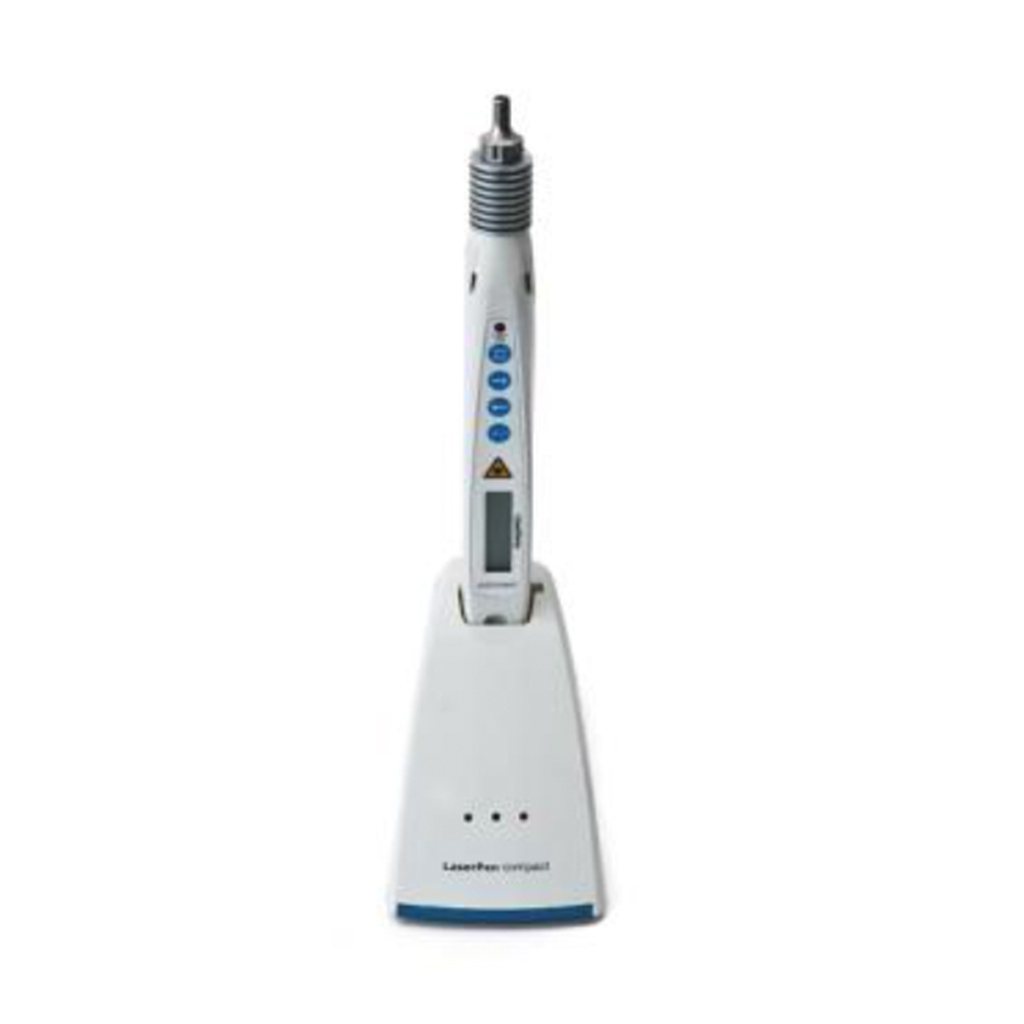vascular autonomic signal (vas)
Exploring the Vascular Autonomic Signal (VAS): Unveiling the Connection Between Electromagnetic Pulses and Pulse Testing in Clinical Practice
Introduction
The Vascular Autonomic Signal (VAS) is a captivating concept that bridges the gap between the electromagnetic fields generated by our bodies and the pulse responses we can measure clinically. This innovative approach provides valuable insights into diagnosing and understanding various health conditions, including food sensitivities and underlying medical issues.
Background on the VAS
The concept of the Vascular Autonomic Signal (VAS) was significantly advanced by Dr. Paul Nogier, a pioneering French physician who is renowned as the father of auricular medicine. Dr. Nogier’s extensive research in the mid-20th century laid the foundation for this diagnostic tool, which leverages the interaction between electromagnetic fields and the body’s autonomic nervous system.
In the 1950s, Dr. Nogier discovered that specific points on the ear corresponded to different organs and systems in the body. He observed that stimulating these points could produce measurable responses in the pulse, reflecting the body’s internal state. This led to the identification of the VAS, which measures changes in pulse dynamics in response to various stimuli, offering a unique diagnostic tool.
Understanding the VAS
The VAS is a physiological response observed in the pulse, reflecting how the autonomic nervous system reacts to different stimuli. It serves as a critical link between the body’s electromagnetic fields and the nervous system. Essentially, the VAS measures how changes in the body’s electromagnetic environment affect pulse dynamics, providing a valuable diagnostic insight.
The Connection Between Electromagnetic Fields and Pulse Testing
Electromagnetic Fields in the Body:
Maxwell’s Equations: According to Maxwell’s equations, any object with electric charge or current generates an electromagnetic field. This principle applies to all biological systems, including the human body.
Bioelectrical Activity: Our cells and tissues produce and respond to electromagnetic fields due to their ionic nature. This includes variations in electrical resistance and bioelectrical activity at specific points in the body.
The VAS as a Diagnostic Tool:
Pulse Response: The VAS measures changes in the pulse in response to various stimuli, including electromagnetic fields. By analyzing these changes, practitioners can gain insights into how different substances or conditions affect the autonomic nervous system.
Food Sensitivities: For instance, when a patient is tested for food sensitivities, the VAS can reveal how the body’s response to that food is reflected in changes in the pulse. This helps identify problematic foods and tailor dietary recommendations.
Application in Clinical Practice
Testing for Food Sensitivities:
Procedure: During a VAS test, patients are exposed to potential food allergens or sensitivities while their pulse is monitored. Changes in the pulse response can indicate how the body reacts to these foods, providing a non-invasive way to identify sensitivities.
Benefits: This method helps practitioners develop personalized dietary plans and manage food-related health issues more effectively.
Root Cause Examination:
Identifying Imbalances: The VAS can assist in uncovering the root causes of various health problems. By assessing how different treatments, substances, or environmental factors affect the pulse, practitioners can gain a clearer understanding of underlying issues.
Holistic Approach: Combining VAS with other diagnostic tools allows for a comprehensive approach to patient care, addressing both symptoms and their root causes.
Conclusion
The Vascular Autonomic Signal (VAS), as advanced by Dr. Paul Nogier, offers a unique insight into the interaction between electromagnetic fields and the autonomic nervous system. By analyzing pulse responses to various stimuli, including food sensitivities and environmental factors, practitioners can gain valuable insights into a patient’s health. This approach enhances diagnostic accuracy and supports personalized and effective treatment strategies in clinical practice, reflecting Dr. Nogier’s innovative contributions to auricular medicine.
